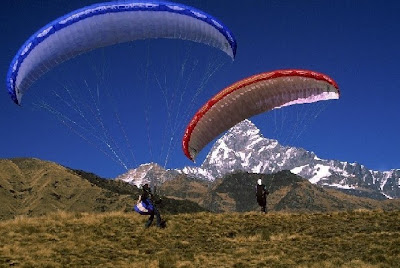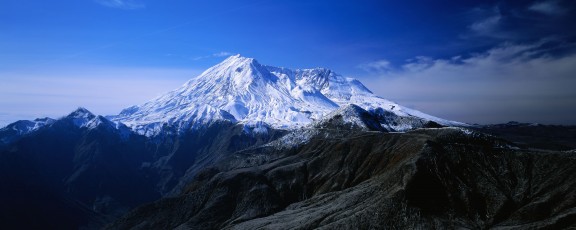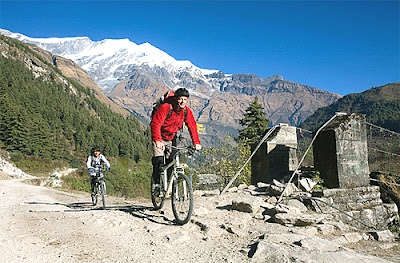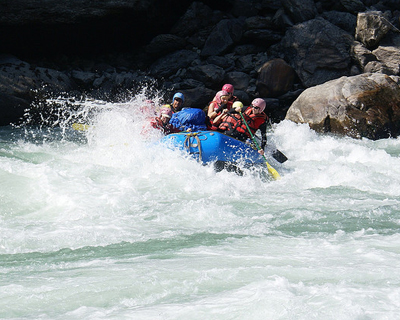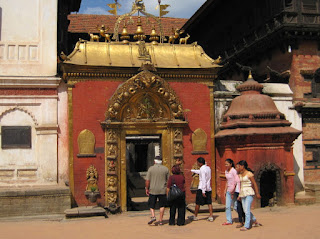In Kathmandu, Kathmandu Durbar Square has Hanuman Dhoka, Temple Degutale, Taleju Mandir, Chowk nose, nine-story tower Basantapur, Panch Mukhi Hanuman Temple, Mul Chowk, Mohan Chowk, Sundari Chowk, Tribhuvan Museum, King Mahendra Memorial Museum and Kal Bhairab temple nearby. Hindu mythology that if a person interprets 17th century stone inscription written in 15 different languages on the walls of the palace of Hanuman Dhoka, there would be flash floods of milk on the wall. Hanuman Dhoka Royal Palace was the former kings of Malla and later became the Shah dynasty. Royal Family lived in the Hanuman Dhoka Palace until 1886 and then became Narayanhiti palace. However, the palace is still used for ritual and ceremonial occasions. A new king is crowned in the interior of the palace. The palace has a 17th century statue of Hanuman on the left of the entrance to the palace and the amazing sculpture of Lord Narasimha. The palace has to remember the past history of the royal family, culture and religion of Nepal. Museums in the palace allows to explore the culture, religion, customs, traditions, architecture, history of the royal palaces, and so an entrance fee is set to enter the museum. International tourists are charged Rs. 250 for the entry. Museums are open 7 days a week, except Tuesdays from 10:30 to 15:00 in winter and from 10:30 am to 4 pm in the summer. On Friday, you must visit the museum from 10:30 to 14:00.



